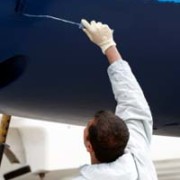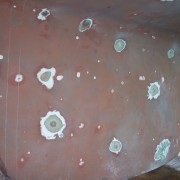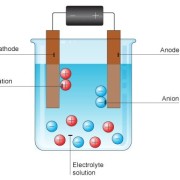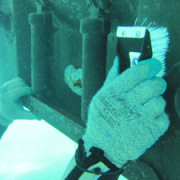According to a study done at Scripps Institute of Oceanography, boats that have their bottom cleaned regularly (every 4 weeks min.), need to hauled out less frequently. Over a period of time this is not only less expensive to the boat owner, but is also safer for the environment. Back in the 40’s and 50’s and early 60’s boats were hauled out every year to be cleaned and repainted. They used lead base paint which were deadly to the environment. Those days are gone now, boats cleaned regularly tend to haul out every 2-3 years. The paints now used are mainly copper based, which is better for the environment.
Another benefit of regular cleaning is that of zinc replacement for boats with metal work
underwater. In the early days, boats put on what they hoped was enough zinc for the year and would replace it when they were hauled out the next year.
The problem was two fold:
- Over zincing causes wood damage on wooden boats and metal fatigue (metal becomes brittle).
- The occurrence of unseen problems (zinc falling off, electrical problems, hot areas, zincs burning faster than expected, etc.) causing major damage to props, shafts, struts, thru-hulls, etc. Now by having a diver regularly under the boat, zincs can be replaced as needed and you can be alerted as to any problems before they become major.
Fuel economy is greatly improved by regular cleaning. In the early days as the months passed, fuel economy got worse and worse due to drag caused by growth on the hull, engines would overheat, knot meters won’t work, and RPM’s lesser. Even with regular cleaning during the high growth season (May-Oct), knot meters can still clog up within 5-10 days after cleaning. Log racers (power boats) can tell how many RPM’s you lose after 1,2, and 3 weeks after cleaning. Sailboat racers can also tell you the benefit of cleaning for racing.
In conclusion, bottom cleaning can help by extended haul out times, corrosion control through zinc replacement and observation, and help you gain speed and fuel economy.





